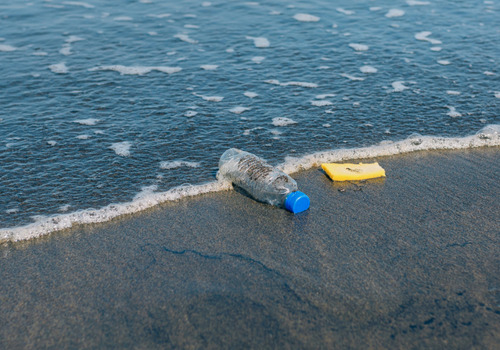Published in Microplastics and Nanoplastics
Abstract
Despite global efforts to monitor, mitigate against, and prevent trash (mismanaged solid waste) pollution, no harmonized trash typology system has been widely adopted worldwide. This impedes the merging of datasets and comparative analyses. We addressed this problem by 1) assessing the state of trash typology and comparability, 2) developing a standardized and harmonized framework of relational tables and tools, and 3) informing practitioners about challenges and potential solutions. We analyzed 68 trash survey lists to assess similarities and differences in classification. We created comprehensive harmonized hierarchical tables and alias tables for item and material classes. On average, the 68 survey lists had 20.8% of item classes in common and 29.9% of material classes in common. Multiple correspondence analysis showed that the 68 surveys were not significantly different regarding organization type, ecosystem focus, or substrate focus. We built the Trash Taxonomy Tool (TTT) web-based application with query features and open access at openanalysis.org/trashtaxonomy. The TTT can be applied to improve, create, and compare trash surveys, and provides practitioners with tools to integrate datasets and maximize comparability. The use of TTT will ultimately facilitate improvements in assessing trends across space and time, identifying targets for mitigation, evaluating the effectiveness of prevention measures, informing policymaking, and holding producers responsible.
Download PDF

